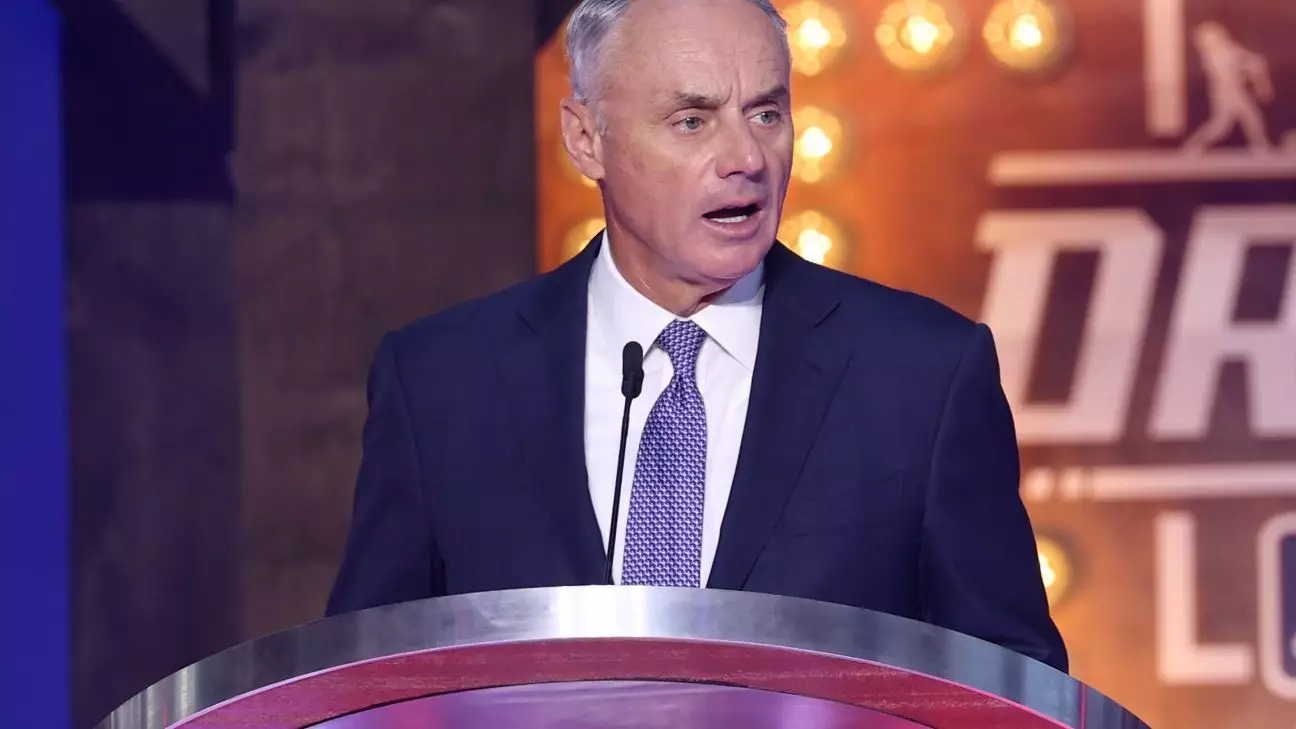Major League Baseball is considering the use of robot umpires as part of a challenge system during spring training next year. This could potentially lead to an automated ball-strike component being introduced as early as 2026. However, MLB commissioner Rob Manfred has indicated that there are still technical issues surrounding the definition of the strike zone that need to be addressed before such a system can be tested by major league players. Manfred emphasized the importance of resolving these issues by the 2025 spring training in order to make 2026 a viable possibility.
MLB has been experimenting with an automated ball-strike system (ABS) at the minor league level for the past five years, with the technology being implemented in all Triple-A ballparks in 2023. Initially, a combination of ABS and the challenge system was used in half the games, but MLB eventually transitioned exclusively to the challenge system based on player feedback. Players have expressed a preference for the challenge system over full ABS, leading to the switch in June 2025. Despite the high level of accuracy of ABS, Manfred emphasized the need to ensure that the technology is fully ready before implementing it in the major leagues.
Rule changes in MLB are reviewed by an 11-member competition committee comprising an umpire, four players, and six team representatives. MLB has the authority to implement new rules, as demonstrated by the introduction of a pitch clock, bigger bases, and restrictions on infield shifts in 2023. However, players have raised concerns about the level of input they have in decision-making processes, particularly regarding the pitch clock in 2024. The upcoming expiration of the umpires‘ collective bargaining agreement in 2024 is expected to be a significant factor in negotiations, with MLB’s desire for ABS likely to be a key point of discussion.
Tony Clark, executive director of the MLB Players Association, has highlighted the complexities surrounding ABS and the challenge system. Some players have expressed reservations about the technology and its potential impact on the consistency of the strike zone, particularly in scenarios where technical issues arise. Clark emphasized the need for thorough consideration of these issues, drawing attention to challenges that have been observed in minor league ballparks.
The potential introduction of robot umpires in Major League Baseball represents a significant shift in the way games are officiated. While the accuracy and efficiency of automated systems have shown promise, there are still technical and logistical hurdles to overcome before implementing such a system at the highest level of professional baseball. The input of players, umpires, and league officials will be crucial in navigating these challenges and ensuring that any changes to the umpiring process are implemented thoughtfully and effectively.


Napsat komentář